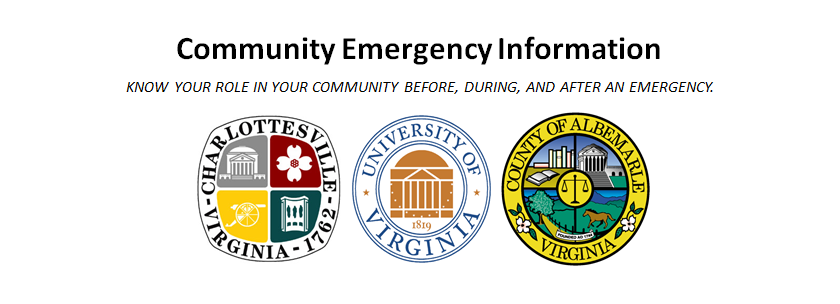Pet Preparedness

1. Have a Plan
-
-
- Plan ahead: talk to your neighbors, and see if they would be willing to take care of your pet if you are unable to do so
- Know emergency phone numbers for pet care, medications, and boarding
- Winter can be a good time to get your pets yearly wellness exam taken care of – cold weather can worsen some medical conditions such as arthritis
- Based on the weather, you may need to shorten walks outside or provide a sweater for short-haired pets
- For dairy cattle, know milk pick-up policy during inclement weather
2. Provide Proper Housing & Shelter
-
-
- Many Shelters are not able to accept pets; plan for this ahead of time and understand nearby shelter policies
- Bring pets indoors immediately in inclement weather
- For livestock, have plenty of dry bedding to insulate vulnerable udders, genitals and legs from the frozen ground and frigid winds
- Make sure to winterize any buildings that livestock might take shelter in; check roof structure and stability under snow accumulation and repair any leaks
3. Have an Evacuation Plan
-
-
- Have any carriers, trailers, leashes, pet seat-belts, and harnesses necessary to transport your animals
- Having your animals be accustomed to vehicle or trailer travel will make an evacuation easier
- If your animals require a trailer to be moved, make sure you have either a trailer or access to one which you have worked out ahead of time, and personnel able to drive and maneuver it
4. Know Basic First Aid for Your Animals
-
-
- Be aware of temperature related health dangers to your animals:
- For Livestock:
- Animals suffering from frostbite don’t exhibit pain. It may be up to two weeks before the injury becomes evident as the damaged tissue starts to slough away. At that point, the injury should be treated as an open wound and a veterinarian should be consulted.
- For Household pets:
- Ingesting anti-freeze can be fatal for your dog or cat. If you spill some, soak it up immediately
- After a walk outside, wipe down pets’ feet so that they don’t like off and ingest any dangerous chemicals from salt or antifreeze on the street
- Pets can get frostbite very easily on the ears, tail and paws. If your pet goes outdoors, be aware of the temperature and wind chill. Signs of frostbite include white, waxy, or pale appearance of affected areas with cold skin, sloughing, and loss of feeling
- hypothermia is when the core temperature drops too low and brain functions are impaired. Signs of this include extreme shivering, slow or shallow breathing, blue or pale gums, or the animal being unresponsive.
- If you believe your pet is suffering from hypothermia, slowly warm them starting with their core (not extremities)
- Do not give your pet anything hot to drink; warm broth or food is much better.
- Also, be aware of General first aid for your pet
- https://www.avma.org/public/EmergencyCare/Pages/Basic-Pet-First-Aid-Procedures.aspx
- If your pet has any medical conditions which require medication, make sure you understand its administration and ideally have a 2 week extra supply.
5. Provide & Store Water for at Least 3 Days
-
-
- Make sure that you have stored water and a container for your pet to drink out of
- As a general guideline, a healthy dog should drink between 1/2 and 1 ounce of water per pound of body weight every day.
- Cats generally require .7 to 1 oz of water per pound of body weight each day, including any water from food.
- If you feed your cat wet food, it can be as much as 80% water, decreasing the amount of fluid water your cat will need.
- Livestock needs vary greatly, but cattle can range anywhere from 4-21 gallons per head per day.
- If you have an outdoor source of water for cattle, make sure that it remains unfrozen, and place sand or other gritty material on feedlots to give the cattle good footing on icy surface.
6. Have Enough Food for at Least 3 Days
-
-
- Canned or moist food is a good choice because it will provide some hydration for your pet
- Make sure that you are storing the food in airtight and waterproof cans or containers
- Have a can-opener, or any other implements necessary to open the food container
- Cattle roughly require 2 pounds of dry feed for every 100 pounds of body weight. However, in winter conditions, cows may require up to 20% more feed to remmain healthy.
7. Have Proper Documentation & Identification
-
-
- Make sure your animal has tags with your contact information on them
- Consider microchip tagging, especially for outdoor pets
- Have all proof of ownership materials like registration, proof of purchase, adoption records, microchip information, and veterinary records easily available
- Make sure that vaccination records are included in this
- Have a current photograph of you with your animal for identification purposes should you be separated
Additional Resources
Take a look at these links for more information on making sure you and your animals are prepared in an emergency:
Pet Preparedness:
Livestock Preparedness:

